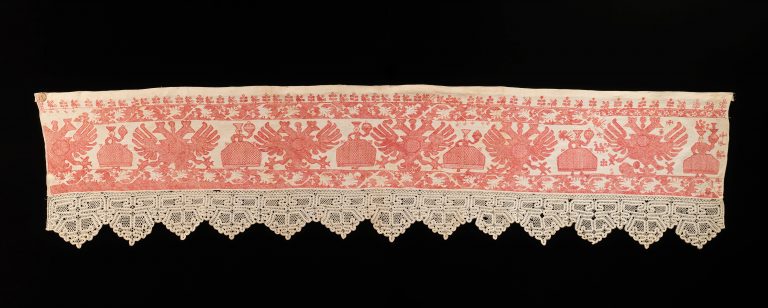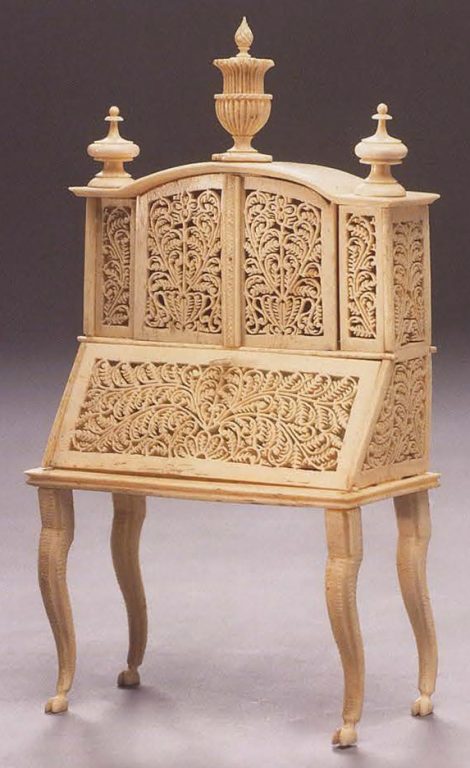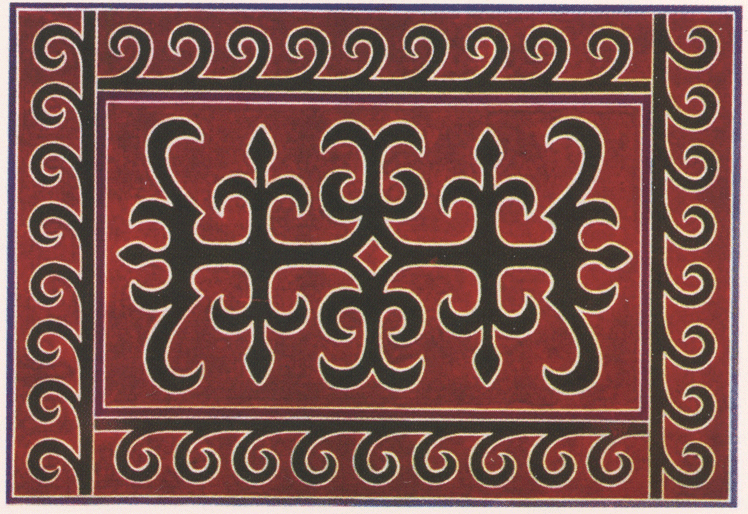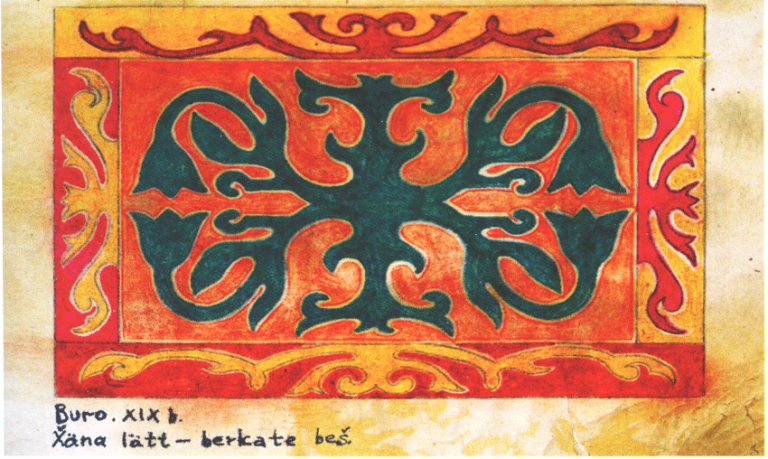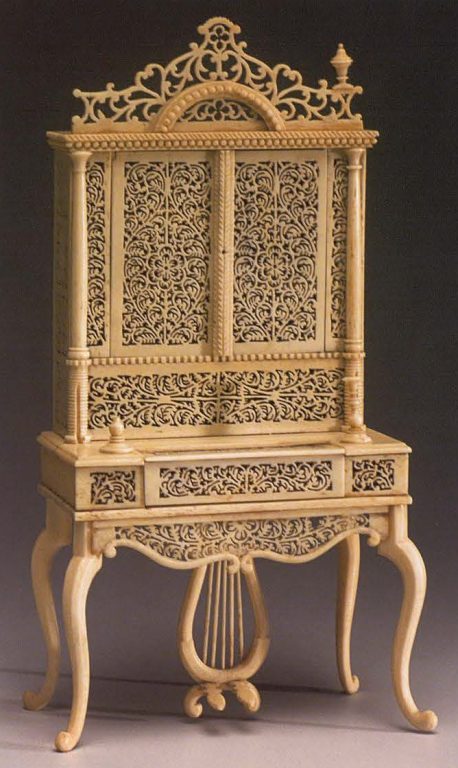

-
Object
-
Type of arts & crafts
-
MediumLinen, cotton
-
Size67 x 16 in. (170.2 x 40.6 cm)
-
Geography details
Russia -
Federal region today
-
Dateearly 19th century
-
Type of sourceDatabase “Metropolitan Museum of Art”
-
Fund that the source refers toMetropolitan Museum of Art
-
This object is from the collection of Natalia de Shabelsky (1841-1905), a Russian noblewoman compelled to preserve what she perceived as the vanishing folk art traditions of her native country. Traveling extensively throughout Great Russia, she collected many fine examples of textile art of the wealthy peasant class. From the 1870s until moving to France in 1902, Shabelsky amassed a large collection of intricately embroidered hand-woven household textiles and opulent festival garments with rich decoration and elaborate motifs. The Brooklyn Museum holdings include many fine examples including the majority of the garments. Portions of Shabelsky’s collection are also housed at the Museum of Fine Arts, Boston, the Cleveland Art Museum, and the Russian Museum of Ethnography in St. Petersburg.
The goddess in Russian embroidery is a symbol of fertility. She is commonly depicted with upraised arms and accompanied by birds and flowers. This language of visual motifs originated in Pagan times and continued to be used in embroidery after the Christianization of Russia. Later depictions of the goddess are very stylized, resembling a plant or tree of life. This figure has a greater humanistic quality with her facial features than most examples. The figure also holds an object, possibly a sun disk aloft in her hand. The abundance of plant motifs, including those growing from the goddess’s skirt suggests the motifs were meant to represent agricultural fertility.


